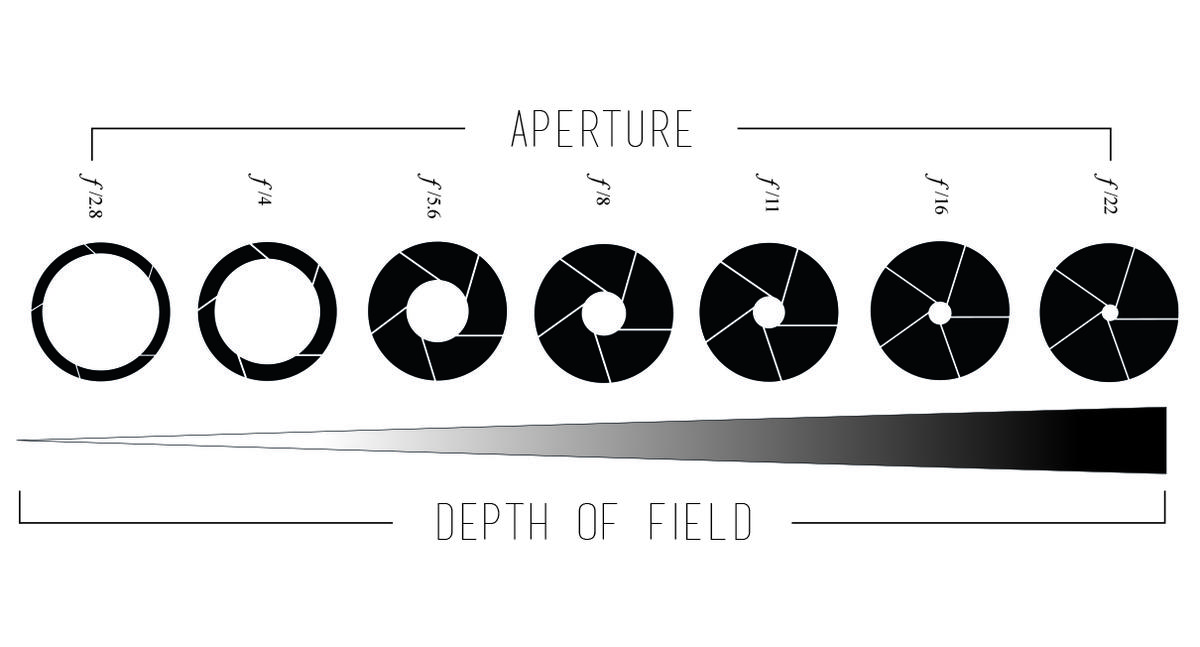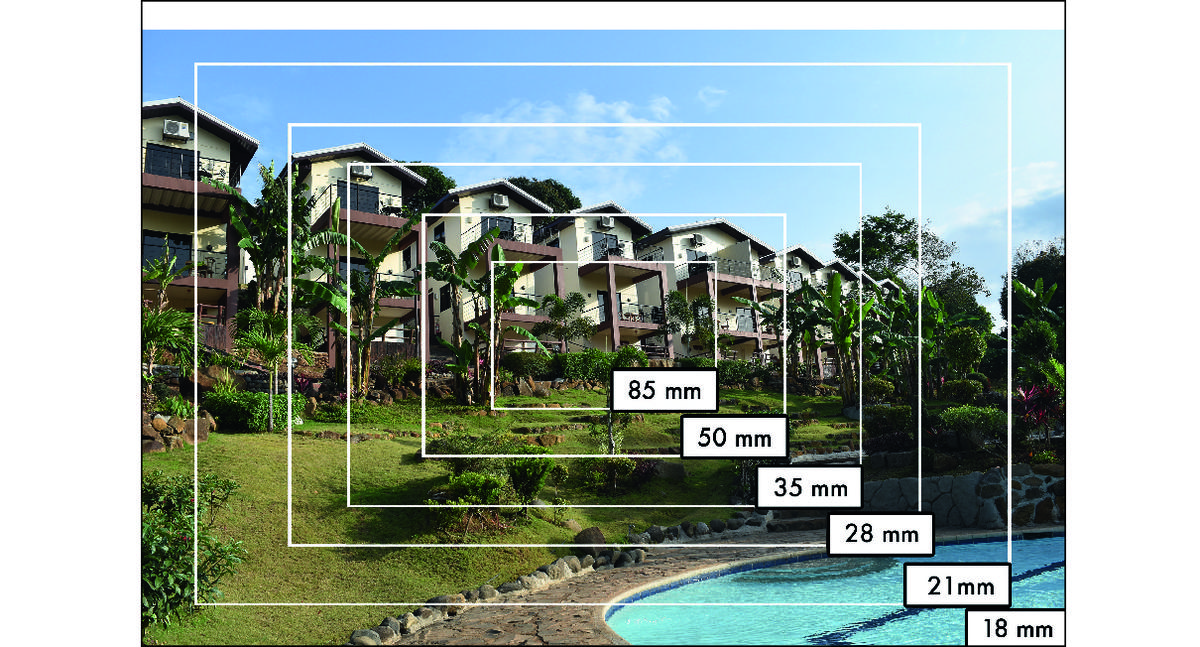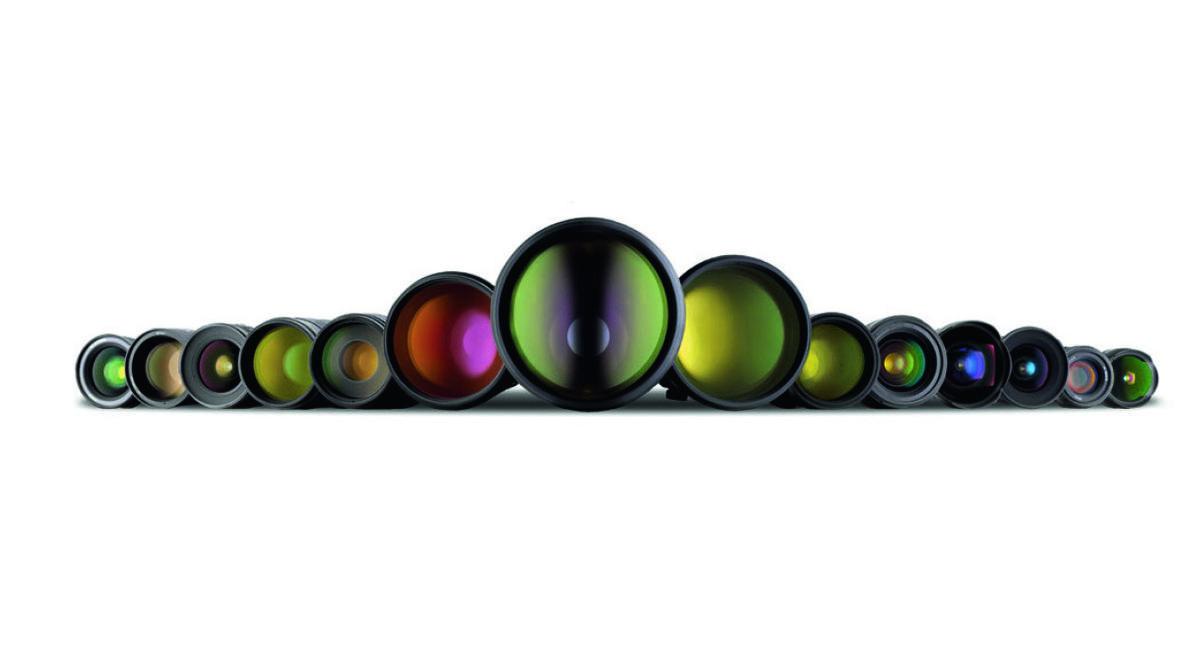If you’re a hobbyist or beginner DSLR photographer, you probably scored your gear in a bundle—the camera itself, a memory card, tripod, carrying case, and the kit lens with all its mysterious runes and markings. The first time I handled a full snapper, all I could think about was “18 to 55mm? This lens right here’s probably a good 4- to 5-inches long. Why would they put that there?” Then I did my research and went “Ooooooooh.”

Letters, numbers, and other mumbo-jumbo
While the slew of symbols on a lens barrel looks like the result of it being dipped in alphabet soup, they tell you mostly everything you need to know about the tool’s capabilities. The random jumble isn’t just for show as it’ll tell you just what kind of shots you’ll be able to produce. Portraits, landscapes, street, sports, and wildlife—all specializations thrive in certain lens specifications while being lackluster in others.
The first defining factor of any lens is its focal length. Showed in millimeters, the focal length determines whether you can capture subjects from far away or if you’ll be able to take panoramic vistas. Larger numbers, usually starting at the 70mm mark, indicate zoomed-in prowess; while those less than 35mm mean wide angle fun.
Second is aperture which is expressed in f-stops. Though it is stated differently depending on the brand (f/3.5, F3.5, 1:3.5), it means the same throughout: the size of the diaphragm opening that controls how much light reaches the sensor. The smaller the aperture number (f/1.4) the more light the camera will be able to take in, and the faster the shutter speed you’ll be able to use. Smaller f-stops also allow shallower depth of field for a sharp subject with blurred surroundings. Larger f-stops (e.g. f/8), meanwhile, merit slower shutters but with maximum sharpness throughout the image.
Third is lens mount and format compatibility. You can’t cram a Nikon lens into a Canon camera or vice versa; and you can’t expect a lens meant for new-gen shooters to properly fit in legacy units. New camera designs entail different mounting mechanisms that may or may not be backwards compatible, so you have to check if your shooter and barrel match (or use an adaptor). There are also format issues that ties into the crop factor we discussed in last month’s Snapshots feature. Non-full frame cameras require a specific type of lens in order to get more of the scene, lest you’re okay with cropped outputs.
Finally, you have the focus and stabilizer switches nearest to the mounting point. They’re pretty straightforward, determining whether focus is automatically handled or driven by the manual focus ring; while the lens stabilizer control works by softening vibrations for mostly blur-free shots. Like aperture, manufacturers have different marketing terms for lens stabilization, but that shouldn’t confuse you.

A lens for every occasion
Now that we’ve got the terminology down, what lens would best suit your purposes? To determine the final piece of your kit, you should first ask yourself whether you’re comfortable with moving. A lot.
Lenses are classified into two major categories: prime and zoom. Prime ones are those that come with a fixed focal length and fixed aperture, while zoom ones are those operating within a range such as a kit lens’ 18 to 55mm length and f/3.5 to f/5.6 aperture.
Using the former will have you moving a lot as you can’t zoom in to change your composition or angle. Yes, it does suck, but you’ll be learning a lot regarding photography by going the super manual route. They also cost less and are more durable because they have virtually no moving parts; are lighter and more compact; can produce sharper images with more accurate colors and shallower depth of field for bokeh; and can let in more light for better shots in the dark.
On the other hand, you’re trading insane image quality for ultimate versatility when you go with a zooming variant. With lenses going from 35 to 100mm, transitioning between wide angle and telephoto is as easy as a twist on the ring. Zoom lenses also boast multiple stabilization options to compensate for the vibrations and movements accrued by their oh-so bulky forms. Plus the mid- to high-end zoomers look like canons, and that’s simply awesome.
Once you have that settled, it’s just a matter of picking a specification you want and you’ll be good to go. Lenses are fascinating in that different ones produce different outputs even when you’re using the same camera and settings throughout. You may not need to get new one(s) now, but if the need arises or if you’ve just outgrown your kit lens, then at least you won’t be stumped by all the barrel jargon.
Also published in GADGETS MAGAZINE September 2015
Words by Chris Noel Hidalgo
